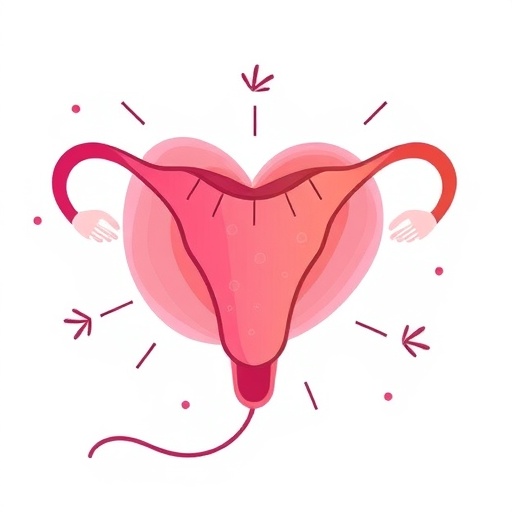PHILADELPHIA – Dogs born June through August are at higher risk of heart disease than those born other months, rising in July to 74 percent higher risk, according to a study published this week in Scientific Reports from researchers at the Perelman School of Medicine at the University of Pennsylvania. A correlation to outdoor air pollution may be the culprit.
The birth month difference in risk was marginal among breeds that are genetically predisposed to the disease, suggesting that heart disease acquired later in life may be birth season dependent among all dog breeds.
Breeds not genetically predisposed to cardiovascular disease, such as Norfolk terrier, Berger Picard, American Staffordshire terrier, English toy spaniel, Bouvier des flandres, Border terrier, and Havanese were found to be at highest risk. Also, breeds born frequently in July — Norfolk terrier and Berger Picard – were at increased heart disease risk.
Overall, dogs have a 0.3 to 2 percent risk of developing heart disease depending on breed. The research team found that risk climbs to the greatest level in dogs born in July, who have a 74 percent greater risk of heart disease than would typically be expected.
"It's important to study dogs because the canine heart is a remarkably similar model to the human cardiovascular system," said Mary Regina Boland, PhD, an assistant professor of Informatics in Biostatistics, Epidemiology, and Informatics. "Also, humans and dogs share their lives together and are exposed to similar environmental effects, so seeing this birth season-cardiovascular disease relationship in both species illuminates mechanisms behind this birth-season disease relationship."
The Penn team studied data from the Orthopaedic Foundation of Animals on 129,778 canines encompassing 253 different breeds.
Since the significant association between birth season and cardiovascular disease was found in dogs that are not genetically predisposed to the condition, the authors say the effect supports an environmental mechanism. This period between June through August is also a peak period for exposure to fine air particulates – such as those produced by factory pollution – a finding echoed in a September 2017 Journal of the American Medical Informatics Association human study reported on in the Penn Medicine News Blog.
For both dogs and humans, outside air pollution during pregnancy and at the time of birth appears to play a role in later development of heart disease. In the prior study, the team investigated data from 10.5 million patients from around the world, including the United States, South Korea and Taiwan. One of their key findings was a link between first-trimester exposure to fine air particulates and nine percent increased risk of the heart rhythm irregularity known as atrial fibrillation (Afib) later in life. Afib afflicts two percent of people under 65 in the United States – a total of 5.5 million people. People exposed to peak air pollution during the first trimester of their mother's pregnancy were found to be at a nine percent higher risk than usual.
Taken together, the two study findings lead the authors to suggest that pollution is a possible mechanism for the increased risk. Because dogs' pregnancies are shorter then humans (lasting only 2 months), the proposed mechanism is still thought to be through the mother's inhalation of air pollution effecting the uterine environment, which in turn effects the developing cardiovascular system of the baby or puppy.
Only breeders who chose to provide their dogs' data publicly were included in the study (some breeders and owners may choose not to disclose this data). Also, some variables that influence cardiovascular disease risk, such as diet and exercise, were unavailable in the dataset.
The researchers note that future studies may be valuable in shedding light into why specific breeds are more susceptible to cardiovascular disease, as well as further work on the effects of birth season on later risk of specific diseases.
###
Media Contact
Greg Richter
[email protected]
215-327-2203
@PennMedNews
http://www.uphs.upenn.edu/news/
https://www.pennmedicine.org/news/news-releases/2018/may/dogs-born-in-the-summertime-more-likely-to-suffer-heart-disease
Related Journal Article
http://dx.doi.org/10.1038/s41598-018-25199-w




